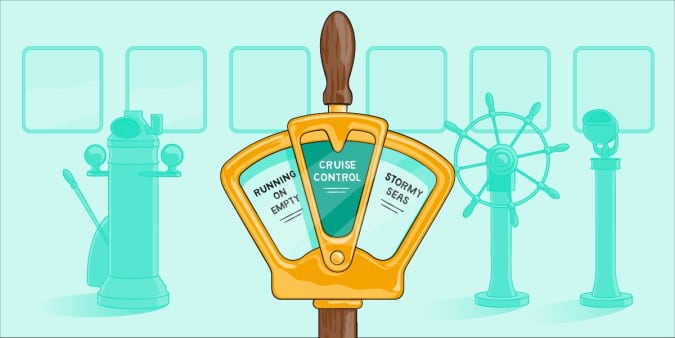How to market your practice to sole traders

Making Tax Digital for Income Tax Self Assessment (MTD for ITSA) will be introduced in April 2026, HMRC has announced.
The initiative will bring huge changes to the way self-employed business owners record and file their accounts, and many sole trader clients will need support during the transition.
To help you reach these clients and highlight the benefits you can offer them, here’s a handy guide to marketing your practice to sole traders.
How are sole traders affected by MTD for ITSA?
MTD for ITSA will affect sole traders with an annual income of £50,000 or more. From 6th April 2026, they’ll have to use MTD for ITSA-compatible software to keep their financial records digitally.
There will also be changes to the way submissions are made to HMRC. Rather than an annual Self Assessment tax return, sole traders will have to provide HMRC with quarterly updates about their business income and expenses via accounting software, as well as a final declaration at the end of the accounting period.
Highlight how you can help sole traders
To help your practice stand out from the crowd, consider how you can support sole trader clients and make this value clear in your client communications. Here are some possible ways to position your practice.
Powerful problem solvers
While MTD for ITSA is designed to make it easier for sole traders to record and file financial information themselves using accounting software, you can still offer invaluable support to these business owners.
Make sure your clients understand the value of your knowledge and experience, from providing guidance on tax relief to ensuring there are no errors in a client’s final declaration before filing.
Compliance experts
The new legislation around MTD for ITSA may cause many clients to feel uneasy about their responsibilities as sole traders. By marketing that you have your finger on the pulse when it comes to the latest announcements from HMRC, however, your clients can rest assured that you’ll keep them informed of any changes so that they remain compliant.
Cloud accounting specialists
Many sole traders may be unfamiliar with cloud accounting software, but you can reassure them that you’ll be on hand to guide them through the setup process and alleviate the potential stress of adapting to a new system of bookkeeping.
If you use FreeAgent, you can access a host of helpful resources to make onboarding a new client run smoothly.
Business development advisors
You may decide to offer more business advisory services and highlight to clients that you have the expertise to help them grow their businesses.
This approach will help to establish a strong relationship with your sole trader clients, who’ll look to you for business development advice as well as accounting services. Some clients may agree to take on more bookkeeping tasks as a result, allowing you to reduce the number of time-consuming tasks you have to undertake.
Spread the word
Once you’ve outlined how you can help sole traders, it’s important to reflect this messaging across all of your marketing channels.
For example, you may want to review your social media bios and the services listed on your website to specifically mention your work with sole traders and detail how you can help them.
You may also wish to review your SEO strategy so that your website incorporates keywords that relate to the most common sole trader questions.
Amplify your existing audience
Your existing clients can be invaluable when it comes to securing new business. You could encourage existing clients to recommend you to any sole traders in their network, as this could help you find more like-minded customers.
If it’s feasible for your practice, you could also consider a referral scheme that offers incentives for successful referrals, such as discounted services, free gifts or complimentary consultations.
Prompting your clients to review your practice on search engines, social media and your own website may also help to bring in new business. The seal of approval from a fellow sole trader could be all the incentive a new client needs to join your accounting practice.
Create a follow-up strategy
Once a potential new sole trader client has got in touch with you, it’s important that you engage with them to establish a positive first impression. By creating a simple follow-up strategy or checklist, you can ensure that you remain in contact and that you share all the information they’ll need about your services.
When your new client has signed up, welcome them with an efficient onboarding journey so that they can feel confident that they’ve made the right decision.
Originally published
Last updated


